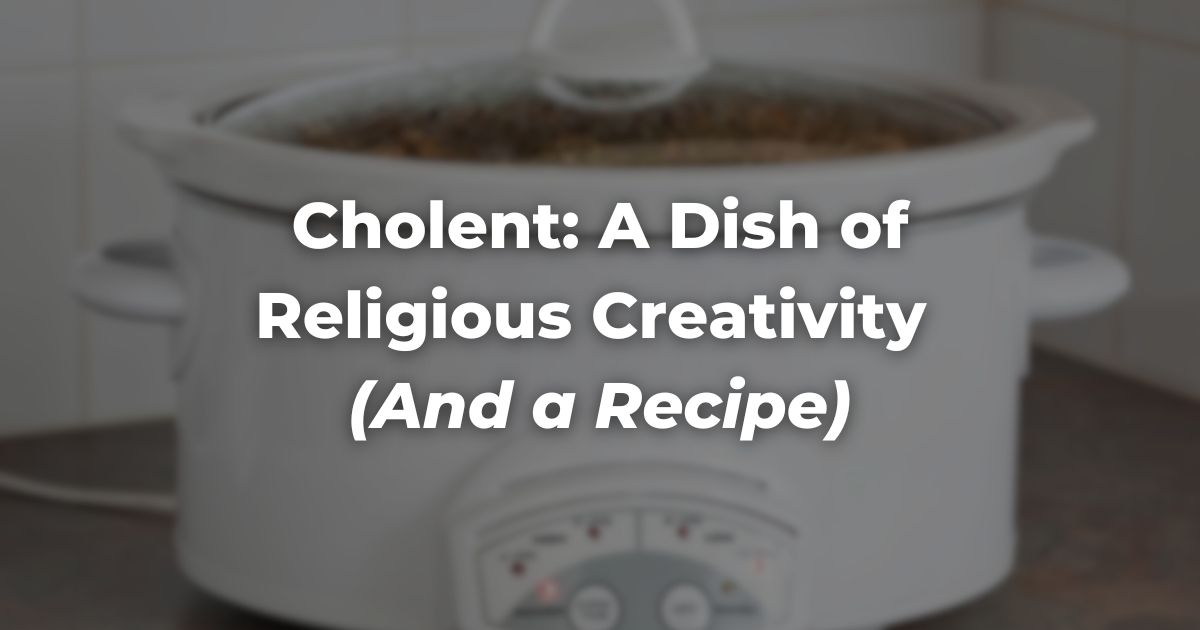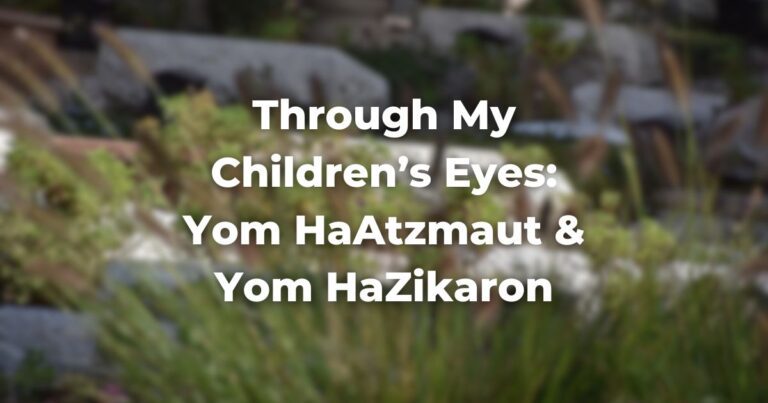Cholent is often considered a signature dish of Ashkenazi cuisine, and its origins trace back to an ancient Jewish tradition designed to provide a hot meal for Shabbat lunch while adhering to dietary and religious laws.
Various Jewish culinary traditions include slow-cooked stews that feature beans, grains, and meat. While the ingredients and seasonings vary from one region to another, the goal remains the same: to enjoy a hearty, comforting meal without igniting a fire on Shabbat. All these dishes are prepared before Shabbat on Friday afternoon and undergo slow cooking at low heat overnight.
While it is not permissible to create a fire on Shabbat, the rabbis established that it is essential to consume something hot on this day. This supports the idea that it is not necessary to extinguish all fires before Shabbat and that one can keep a fire alive, to put an end to a long dispute between the more strict Karaite tradition and the rabbinical tradition, based on oral tradition.
Rabbi Zerachiah HaLevi, a 12th-century rabbi born in Girona, who also lived in southern France, brought this to the extreme. In his best-known work, Sefer HaMaor, he states that if you do not eat something hot on Shabbat, you should prove that you are Jewish.
Dietary restrictions, such as the prohibition against mixing meat with milk and specific requirements for ritual slaughter, historically made meat dishes rarer and sometimes reserved exclusively for Shabbat. The Jewish preference for beans and eggs stems from a need to introduce proteins into a predominantly vegetarian diet. In Spanish, one term for beans is judías, which means “Jews.”
Sephardic Jews have a version called Hamim—meaning “hot” in Hebrew—which is typically made with chicken and eggs that brown during cooking. Moroccan Jews prepare Adafina, which includes lamb, chickpeas, potatoes, and North African spices. Persian Jews create Shirazi Khalebibi, a rice dish containing turnips, lentils, beans, beef, cabbage, and kohlrabi. Iraqi Jews make T’beet, a whole chicken cooked with rice in a spiced tomato sauce.
Cholent originated within Ashkenazi culture in medieval France and evolved from the Sephardic versions of the dish, adapting to Central European tastes and ingredients. There are several hypotheses about the origin of the word “cholent,” but the most credible suggests it derives from the French terms chaud (hot) and lent (slow). Some also relate the word to shul-end, implying something to be eaten at the end of the morning service.
As Claudia Roden mentions in her seminal work “The Book of Jewish Food”:
“There were Jews in the region of Languedoc, where cassoulet originated, from the earliest times. Many lived off the land. Toulouse, Narbonne, Nîmes, Lunel, Béziers, and especially Montpellier were centers of Talmudic studies. Following a massacre during the Albigensian Crusade in the 13th century, measures were taken against them, and when they were finally expelled in 1394, many headed for Germany.”
After enduring one conflict after the other, Jewish communities moved eastward, taking their pots and their cholent with them.
The popularity of this cooking technique laid the foundation for a variety of dishes beyond the Jewish community, such as the French cassoulet. Others sought to explore the art of slow cooking, which adds richness and tenderness to the food preparation. Including small cuts of meat and beans has always been a means of providing a special, nutritious dish to honor Shabbat for large family dinners.
In the shtetl culture, not every household had an oven large enough to accommodate both cholent and challah baking. Instead, communal ovens kept a fire alive during Shabbat, where pots were sealed with a dough lid to prevent drying or burning. With the introduction of American ingredients into European diets, stews became enriched with potatoes and tomatoes, leading to many modern cholent recipes incorporating these items.The Ashkenazi table, however, tends to use salt, pepper, and occasionally paprika, and some adding honey for a sweet and sour touch.
Today, electric platters are used to prepare cholent, and new flavors have emerged to reflect current culinary diversity, even meeting their distant cousins, the Shabbat stews from the Middle East, which typically feature a strong use of spices such as cumin, saffron, harissa, or curry. As is often the case in Jewish culture, the blending of old and new, along with ancient traditions and contemporary discoveries, continues to create dishes that honor our past while leading us into the future.
Cholent Recipe
Inspired by the recipe from Claudia Roden’s Book of Jewish Food
- 1 kg of beef
- 3 tablespoons of light vegetable oil
- 2 large onions, cut into cubes
- 2 garlic cloves, peeled and cut in half
- 6 medium-sized potatoes cut into 4
- 1 tin of white or red beans
- 1/2 cup of pearl barley
- I spoon of concentrated tomato paste
- 2 onions, peeled and cut into slices
- Sal & pepper
- 2 tablespoons of honey
- 3 bay leaves (optional)
- 6 eggs (optional)
In a large, heavy pot with a lid, heat the oil and fry the onions until soft. Add the meat and the garlic.
Once the meat is sealed, add the carrots, potatoes, beans, and barley. Add water to cover it all. Add the salt, pepper, honey and tomato paste. Insert the bay leaves or any other spice of your taste, as oregano, paprika, or parsley. Add the eggs on the top. Add extra water if required.
Cover with the lid and cook overnight.
You can either use a slow cooker, which would keep it hot till you open it, or prepare it on a normal stove and then leave it on a very low heat on an electric Shabbat hot plate.
Author
-

Journalist. Msc. in Anthropology. She was a fellow in the first cohort of the Exploring Judaism's Writer's Fellowship. South American Rabbinical Student in Europe. Mother of two fantastic daughters. Love to practice yoga, meditate and to cook for family and friends. Currently doing research on food & identity for Phd on Jewish Theology at Paderborn University, Germany.
View all posts




